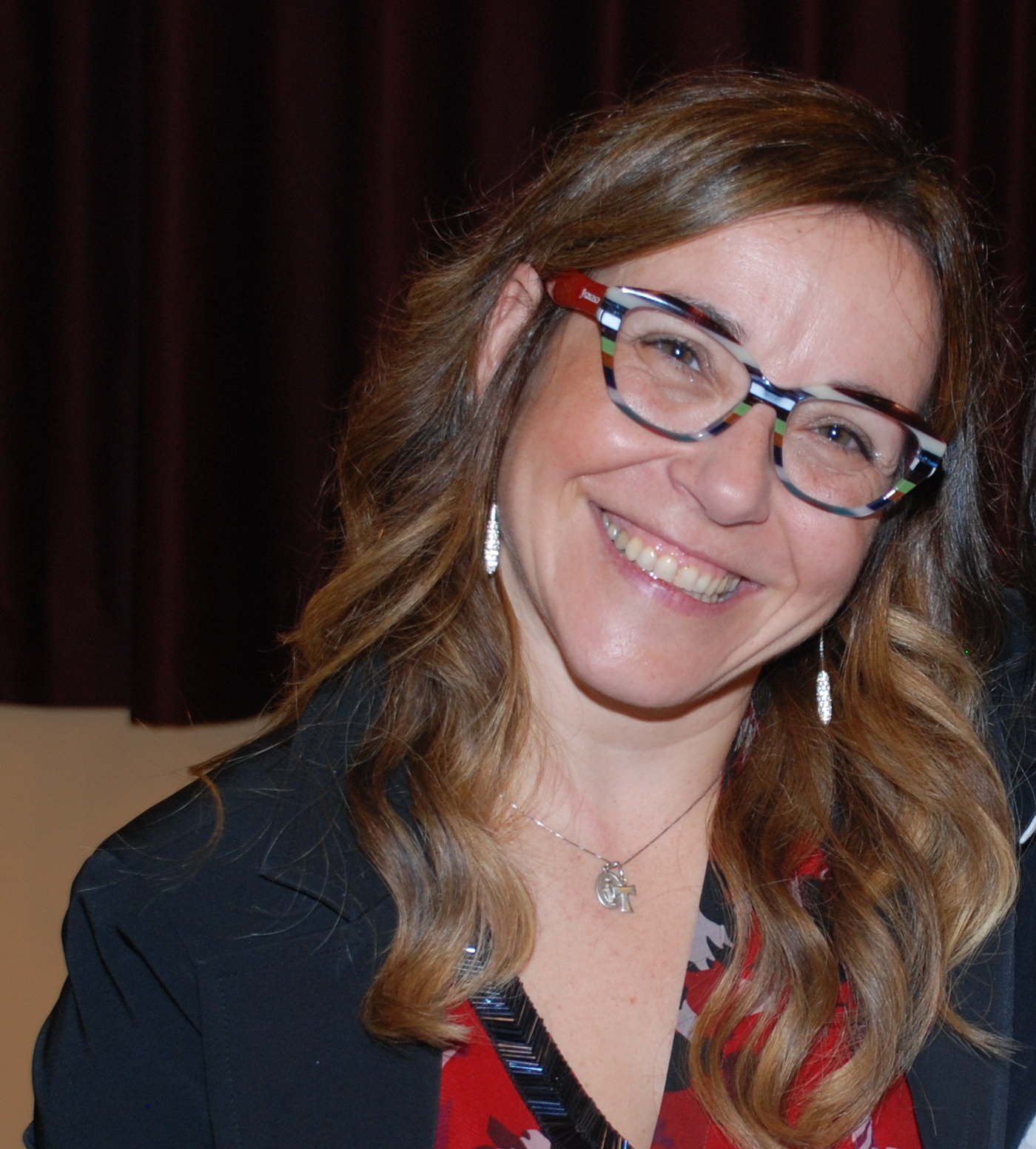
Rehabilitation for children right at home
Two exciting multinational projects have been successfully piloted in Italy to put the power of robotics to good use for home-based rehabilitation and early-interventional physical therapy. Thanks to generous funding by the Italian Ministry of Health, and close cooperation between the Stella Maris Foundation, the Biorobotic Institute of Scuola Superiore Sant’Anna and the Italian NREN GARR Consortium, the Tele-UPCAT and CareToy projects are introducing a ground-breaking rehabilitative approach that allows children to get rehabilitation and treatment in the comfort of their own homes.
Recognizing that parents and caregivers are most qualified to identify the best time to work with children, these models enable sophisticated, personalized rehabilitation treatments to be performed at home by allowing therapists to remotely plan, monitor and guide parents based on the data collated and transmitted by the platform. Thanks to GARR’s high capacity network, data is collected and analysed by therapists using algorithms developed by the Sant’Anna Biorobotics Institute engineers to customize the treatment plans as much as possible.
A new way to treat hemiplegia
Tele-UPCAT is a platform dedicated to intensive home rehabilitation for the upper limbs in children suffering from hemiplegia. This serious movement disorder affects one half of the body and is caused by congenital brain lesions. The ‘Osservare per Imitare’ treatment is scientifically based on stimulating the use by the brain of the system of Mirror Neurons and makes children observe significant actions, which they must then immediately repeat (Action Observation Therapy).
The platform uses dedicated software that automatically alternates monitoring and execution. It is designed and built to be intuitive and fun. “Ubi the Alien” engages with children, inviting and challenging them with fun tasks. Sensor bracelets, or actigraphs on both upper limbs, send data to therapists for key indicators and measurements, and are analyzed by the algorithms. These bracelets are the same used by athletes to track kilometres and calories and are work for 24 hours.

Dr. Giuseppina Sgandurra
“We got excellent results,” says Dr. Giuseppina Sgandurra Scientific Director, Tele-UPCAT. “We enrolled children and teenagers from 10 different Italian areas and we got significant group results, demonstrating that, thanks to technology, action observation is feasible and effective even at home. Furthermore, each child has improved in a different way.”
A “toy” for early intervention and healthy child development
The CareToy project is a tele-monitored, portable low-cost system designed to augment the clinical effectiveness of the therapy in children at high risk for cerebral palsy and other neurological conditions. Traditional treatment models call for sessions a few times a week in rehabilitation centres, which clinicians agree is not as effective as an early, intensive and multiaxial intervention would be. That’s where CareToy comes in.
The instrumented baby-gym is an integration of sensors, cameras and visual and auditory stimulations with mechatronic hanging toys that allows infants’ actions to be monitored, measured, and stimulated. The vision module measures and promotes attention and gaze movements, based on a gaze tracker and a sensorized mat measures and promotes postural control. Bringing it all together is the tele-rehabilitation module to remotely communicate with rehabilitation staff for off-site assessment of rehabilitation techniques.
Dr. Sgandurra, also the Clinical Project Manager of the CareToy project, explains: “If the clinician’s goal is to increase the strength of the pressure the child exerts by grabbing, a determined pressure is fixed by the system. When reached, this causes the game to turn on and/or emit a sound. Once the first scenario is over, the system asks parents or caregivers if they wish to continue. If the answer is positive, the system goes to the next exercise, with a total of about 30 to 40 minutes of play per day.”
The CareToy system is equipped with more than 2,000 sensors that record activity, the data is processed and compressed, and then automatically sent to the Stella Maris server, where the rehabilitation team downloads and analyses in detail all the data. Thanks to this daily, nearly real-time analyses made possible by high-capacity connectivity, activities can be rescheduled remotely, for a nearly immediate adjustment.
Results on infants born prematurely without brain damage and on children at risk for psychomotor delays and neurodevelopmental disorders demonstrated an improvement in visual and motor development from four weeks of treatment. The next stage of the project is on children with brain injuries at risk of childhood cerebral palsy.
It may look like child’s play. But the powerful combination of biorobotics, sensors and high-speed connectivity are making remote rehabilitation and treatment models a reality across Italy and beyond.
Other collaborators:
Tele-UPCAT:
- Research Hospital, Santa Maria Nuova, Reggio Emilia, Italy
- University of Leuven, Belgium
- Queensland Cerebral Palsy and RehabilitationResearch Centre, Australia
- University of East Anglia, UK
CareToy:
- ELSASS Center, Copenhagen, Denmark
- University of Ljubljana, Faculty of Electrical Engineering, Slovenia
- University of Hamburg, Germany
For more information please contact our contributor(s):

